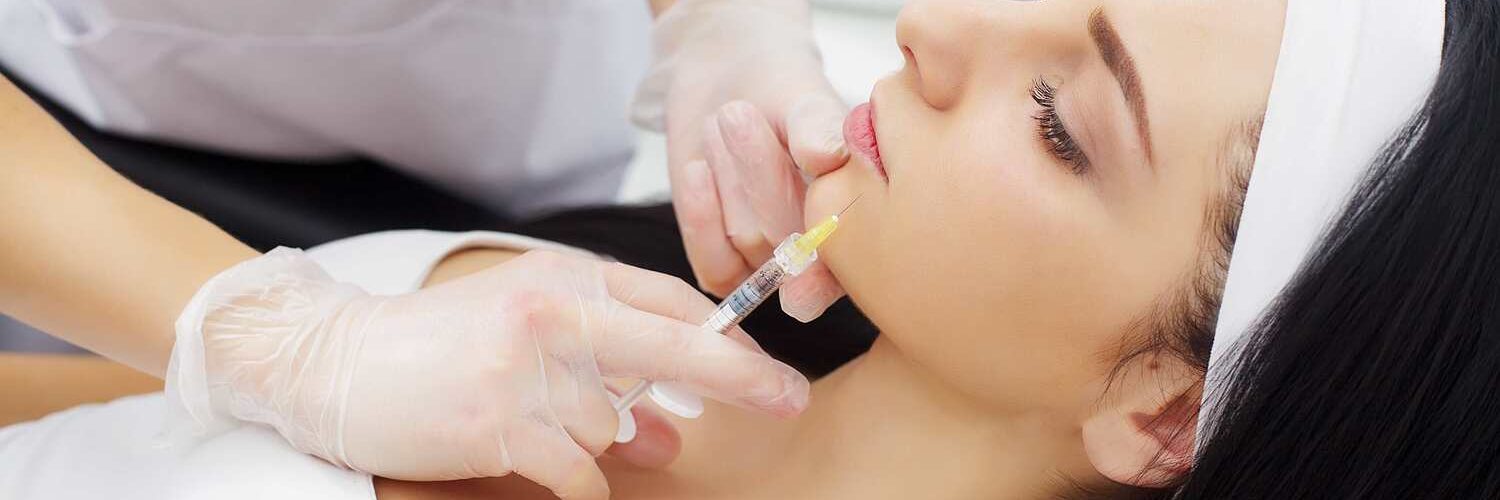
Experiencing temporomandibular joint (TMJ) disorders can be debilitating. While there are various treatment options available, Botox has emerged as a promising solution for those seeking relief. In this article, we’ll explore how Botox can treat TMJ, its benefits, and what you can expect from the treatment process.
The temporomandibular joint connects the jaw to the skull, located in front of each ear. This joint allows for the movements necessary for chewing, speaking, and yawning. Temporomandibular joint (TMJ) disorders can cause pain and discomfort when these actions are performed.
The symptoms of TMJ disorders include:
Research suggests that Botox can treat TMJ by relieving muscle tension and reducing the frequency and intensity of jaw clenching and grinding. Patients often report a decrease in pain and an improvement in jaw function after receiving Botox injections.
However, it’s important to note that while Botox can offer temporary relief, it’s not a cure for TMJ.
The amount of Botox required to treat TMJ can vary depending on the severity of the condition and the specific needs of the patient. Generally, treatment for TMJ involves injecting Botox into the masseter and temporalis muscles, which are responsible for jaw movement. Most practitioners recommend starting with a total of 20 to 50 units divided among these muscles.
Heather joined the Bella Medspa team in January of 2020. After working several years in dental industry and the fitness industry, she decided it was time to put her business management skills and her love for aesthetics to use. She currently manages our six Bella Medspa locations across Southeastern Pennsylvania and is dedicated to helping us build and grow as the world of aesthetics continues to evolve.
Heather joined the Bella Medspa team in January of 2020. After working several years in dental industry and the fitness industry, she decided it was time to put her business management skills and her love for aesthetics to use. She currently manages our six Bella Medspa locations across Southeastern Pennsylvania and is dedicated to helping us build and grow as the world of aesthetics continues to evolve.